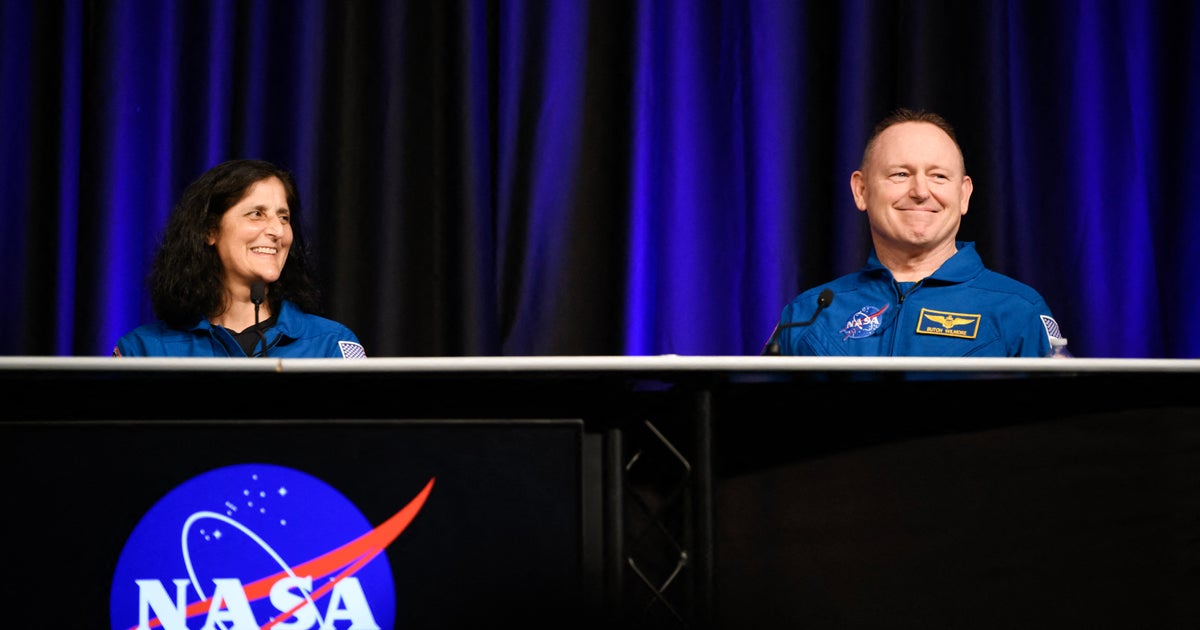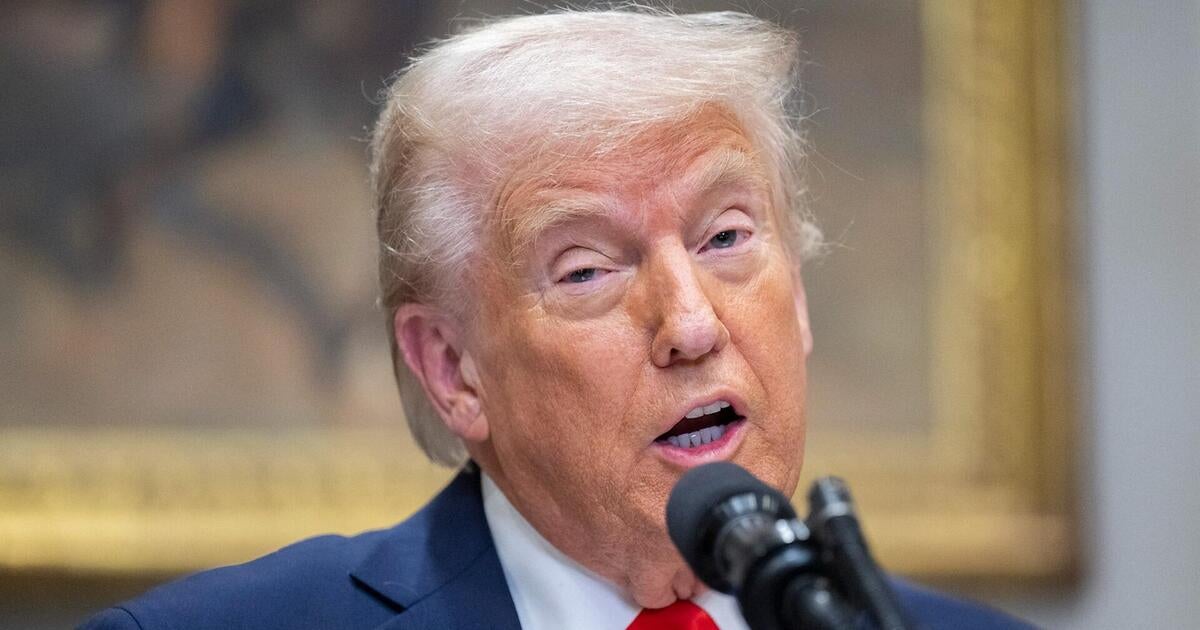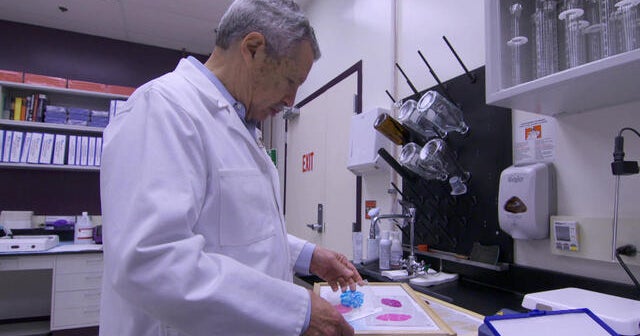Astronauts Butch Wilmore and Sunita Williams, whose planned eight-day Starliner test flight turned into a nine-and-a-half-month stay stuck aboard the International Space Station, spoke out today at a news conference for the first time since returning to Earth almost two weeks ago.
They are still adapting to Earth’s gravity after splashing down aboard a SpaceX Crew Dragon ferry ship on March 18.
“I wanted to hug my husband and hug my dogs — and I’ll say in that order,” Williams told reporters Monday, adding that she ate a grilled cheese sandwich that reminded her of her vegetarian father when she returned home.
Their repeatedly extended mission generated enormous attention in the wake of problems with their Boeing Starliner spacecraft, NASA’s decision three months after launch to keep them in orbit until this year, and comments from President Trump claiming the astronauts had been “abandoned” in space by the Biden administration.
Williams denied feeling “abandoned” or “stuck” during an interview with CBS News in February, saying she was “honored … to be here and a part of the team” doing “world-class science.”
Despite their ordeal, both astronauts said Monday they’d fly on the Starliner again.
“Because we’re going to rectify all the issues that we encountered,” Wilmore said. “We’re going to fix it. We’re going to make it work. Boeing’s completely committed. NASA is completely committed. And with that, I’d get on in a heartbeat.”
The astronauts acknowledged that the Starliner does have some things that need to be fixed.
“But it is a great spacecraft, and it has a lot of capability that other spacecraft don’t have, and to see that thing successful and to be part of that program is an honor,” Williams said.
After landing, Wilmore and Williams, like all returning space station astronauts, began physical therapy back at the Johnson Space Center to help them readjust to gravity.
Mark Felix/AFP via Getty Images
How long were the astronauts stuck in space?
By the time they splashed down off Florida’s Gulf Coast, Wilmore and Williams had spent 286 days in space.
While the extended mission was much longer than originally planned, it ranks sixth on the list of longest flights by U.S. astronauts.
The record is held by astronaut Frank Rubio, whose planned six-month stay aboard the space station was extended to just over a full year — 371 days — because of coolant leaks in the Russian Soyuz that carried him to orbit. He came back to Earth aboard a replacement Soyuz in September 2023.
Even though his record remains unbroken, problems with the Boeing Starliner that carried Wilmore and Williams to space triggered extensive coverage in the United States that far exceeded the coverage of Rubio’s even longer mission.
Why were the astronauts stuck in space so long?
Three years after the space shuttle’s retirement in 2011, NASA awarded multi-billion-dollar contracts to Boeing and SpaceX to build ferry ships to carry astronauts to and from the space station. SpaceX has now launched 11 piloted Crew Dragon flights for NASA and five purely commercial missions. A sixth commercial launch is currently scheduled for Monday night.
But Boeing ran into multiple problems with its Starliner that required two unpiloted test flights before Wilmore, who is 62, and Williams, 59, both former military test pilots, were finally cleared to launch last June 5 on the spacecraft’s first piloted mission after engineers decided a small helium leak in the ship’s propulsion pressurization system would not get worse.
The astronauts successfully docked with the International Space Station the next day, but the Starliner experienced additional helium propulsion system leaks and several maneuvering jets did not produce the expected thrust.
While the flight originally was expected to last about eight days, NASA and Boeing carried out weeks of tests and analysis to determine what caused the problems and whether the spacecraft could be trusted to safely bring its crew back to Earth.
By August, Boeing managers were convinced engineers understood the problems and the crew could, in fact, safely come home in the Starliner.
But NASA managers eventually ruled out that option and decided to keep the astronauts aboard the station until early this year when they could hitch a ride home aboard a SpaceX Crew Dragon. That spacecraft was launched last September with just two crew members on board, along with two empty seats for Wilmore and Williams.
The Starliner, meanwhile, successfully returned to Earth earlier in September, kicking off hands-on troubleshooting and ongoing work to prepare for the eventual resumption of flights.
Wilmore, Williams, Crew 9 Dragon commander Nick Hague and cosmonaut Alexander Gorbunov originally planned to return to Earth in February. But the Crew 10 Dragon needed to carry their replacements to the station ran into problems of its own and the flight was delayed to the end of March.
Those problems, and the threat of additional delays, prompted NASA to switch the Crew 10 fliers to a different Crew Dragon, eventually moving its launch up to March 12, paving the way for Crew 9 to head home.




